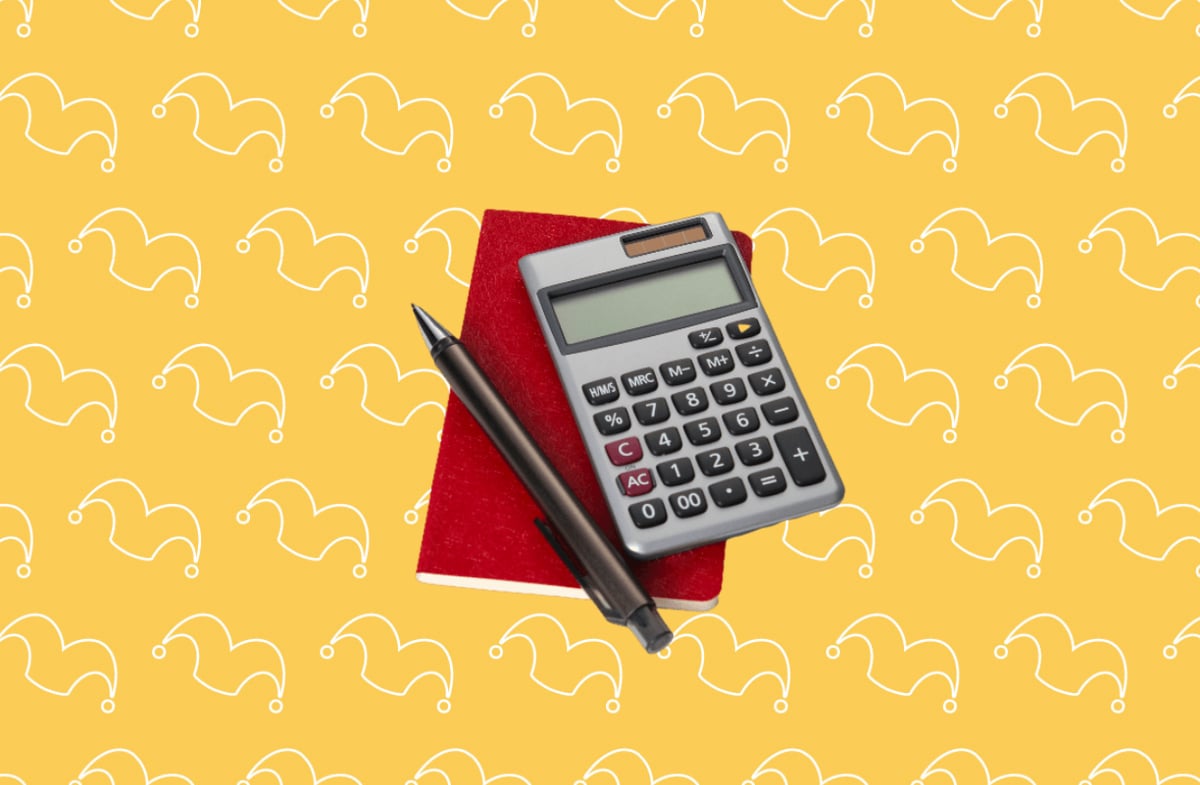Do You Want $500,000 in Your Retirement Portfolio? Here's How to Do It
Saving for retirement takes some planning. Read on to find out why you don't need to be an investing genius to generate wealth.

Many Americans have specific financial goals they're trying to achieve, and one of them is having enough money in their brokerage accounts to supplement Social Security benefits in retirement.
The specific amount you want to save could be different from what someone else wants, but if your goal is to reach $500,000 by retirement, there's one simple strategy to make it a reality.
Here's how to do it and how long it might take.
Let time and compounding do the work
Setting aside $500,000 is an ambitious financial goal, but two things make achieving it much easier: time and compounding returns.
First, compounding returns work in your favor by allowing the money you invest to generate interest and then the money you've made from interest to make even more money. For example, if you start with $10,000 and your investments earn a historic annual rate of return of about 10%, you'll have $25,937 after 10 years.
You'll have more than doubled your money in 10 years just by letting it sit there!
This leads us to the next point: The longer your money is invested, the greater its earning potential. That $10,000 could turn into $108,347 in 25 years -- more than 10-times the initial investment!
How much you'll need to invest to reach $500,000
Now that we've seen how compounding returns work and how your money can grow over time, let's look at a few scenarios for reaching $500,000 or more:
| Initial Investment | Years Invested | Annual Rate of Return | Monthly Contribution | Final Amount |
|---|---|---|---|---|
| $2,500 | 25 | 10% | $405 | $505,053 |
| $5,000 | 25 | 10% | $380 | $502,636 |
| $7,500 | 25 | 10% | $360 | $506,119 |
| $10,000 | 25 | 10% | $340 | $509,603 |
| $20,000 | 25 | 10% | $245 | $505,834 |
The table shows that the larger your initial investment, the less you'll need to contribute each month to achieve $500,000.
Of course, there's no guarantee you'll earn 10% annually over the course of 25 years. But that's the historic annual rate of return for the S&P 500. Taxes, inflation, and fluctuations in the market will impact how much you earn over that time.
What you should invest in to create a $500,000 nest egg
Investing doesn't need to be your hobby, and you don't even need to do much investment research to achieve a portfolio worth $500,000. All you need to do is put your money into a low-cost index fund that tracks the S&P 500 and let it sit there long enough.
Low-cost index funds are inexpensive to maintain because they're passively managed. For example, the index fund I invest in has an expense ratio of just 0.03%. This means the fund charges just $3 for every $10,000 invested.
A fund with a low expense ratio means you'll keep more of the money your portfolio earns. And because it tracks the S&P 500, you won't have to worry about doing any investment research to benefit from its growth. Many retirement accounts, like an individual retirement account (IRA), can be used to buy index funds.
If you're worried that an index fund might not be a good way to build wealth, consider what famed billionaire investor Warren Buffett once said, "In my view, for most people, the best thing to do is own the S&P 500 index fund."
Having $500,000 in your portfolio is a great goal, and with a little planning and consistent investments over time, you can achieve it. And if you're still unsure whether you're on the right track to reach your retirement goals, talk to a financial planner to ensure you're thinking each step through.
Alert: highest cash back card we've seen now has 0% intro APR until nearly 2026
This credit card is not just good – it's so exceptional that our experts use it personally. It features a 0% intro APR for 15 months, a cash back rate of up to 5%, and all somehow for no annual fee!
Click here to read our full review for free and apply in just 2 minutes.
We're firm believers in the Golden Rule, which is why editorial opinions are ours alone and have not been previously reviewed, approved, or endorsed by included advertisers. The Ascent does not cover all offers on the market. Editorial content from The Ascent is separate from The Motley Fool editorial content and is created by a different analyst team.The Motley Fool has a disclosure policy.























